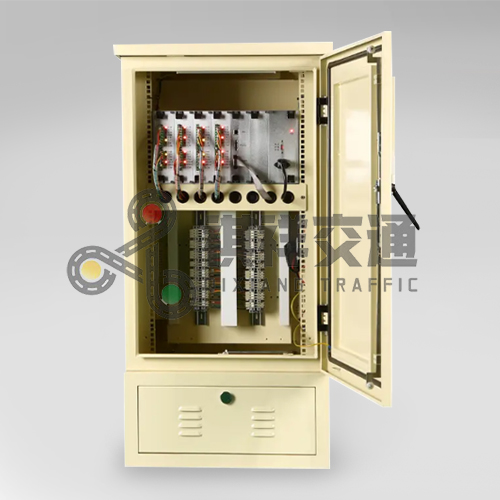History of traffic signal controllers dates back to the early 20th century when there was a clear need for a more organized and efficient way to manage traffic flow. As the number of vehicles on the road increases, so does the need for systems that can effectively control vehicle movement at intersections.
The first traffic signal controllers were simple mechanical devices that used a series of gears and levers to manage the timing of traffic signals. These early controllers were manually operated by traffic officials, who would change the signal from red to green based on traffic flow. While this system is a step in the right direction, it’s not without its shortcomings. For one, it relies heavily on the judgment of traffic officials, who can make mistakes or be influenced by external factors. Additionally, the system is unable to adapt to changes in traffic flow throughout the day.
In 1920, the first automatic traffic signal controller was successfully developed in the United States. This early version used a series of electromechanical timers to regulate the timing of traffic signals. While it’s a significant improvement over a manual system, it’s still limited in its ability to adapt to changing traffic conditions. It was not until the 1950s that the first truly adaptive traffic signal controllers were developed. These controllers use sensors to detect the presence of vehicles at intersections and adjust the timing of traffic signals accordingly. This makes the system more dynamic and responsive and can better adapt to fluctuating traffic.
Microprocessor-based traffic signal controllers appeared in the 1970s, further improving the functionality of the system. These controllers are able to process and analyze intersection data in real time, allowing for more accurate and efficient traffic flow management. In addition, they are able to communicate with other controllers in the area to coordinate the timing of traffic signals along the corridor.
In recent years, advances in technology have continued to further push the capabilities of traffic signal controllers. The emergence of smart cities and the Internet of Things has spurred the development of networked traffic signal controllers that can communicate with other smart devices and systems. This opens up new possibilities for improving traffic flow and reducing congestion, such as using data from connected vehicles to optimize signal timing.
Today, traffic signal controllers are an important part of modern traffic management systems. They help keep vehicles moving through intersections and play a vital role in improving safety, reducing congestion, and minimizing air pollution. As cities continue to grow and become more urbanized, the importance of efficient traffic signal controllers will only continue to grow.
In short, the history of traffic signal controllers is one of constant innovation and improvement. From simple mechanical devices in the early 20th century to today’s advanced interconnected controllers, the evolution of traffic signal controllers has been driven by the need for safer and more efficient traffic management. As technology continues to evolve, we expect further advancements in traffic signal controllers that will help create smarter, more sustainable cities in the future.
If you are interested in traffic lights, welcome to contact traffic signal controller supplier Qixiang to read more.
Post time: Feb-23-2024







